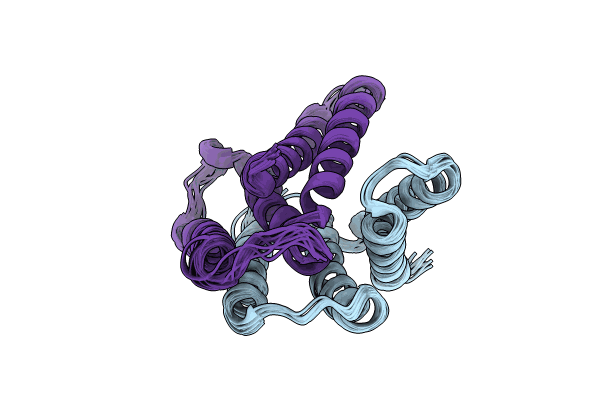
Deposition Date
2023-11-08
Release Date
2024-05-29
Last Version Date
2024-07-03
Entry Detail
PDB ID:
8UWU
Keywords:
Title:
EmrE structure in the proton-bound state (WT/L51I heterodimer)
Biological Source:
Source Organism:
Escherichia coli (Taxon ID: 562)
Host Organism:
Method Details:
Experimental Method:
Conformers Calculated:
100000
Conformers Submitted:
10
Selection Criteria:
back calculated data agree with experimental NMR data


